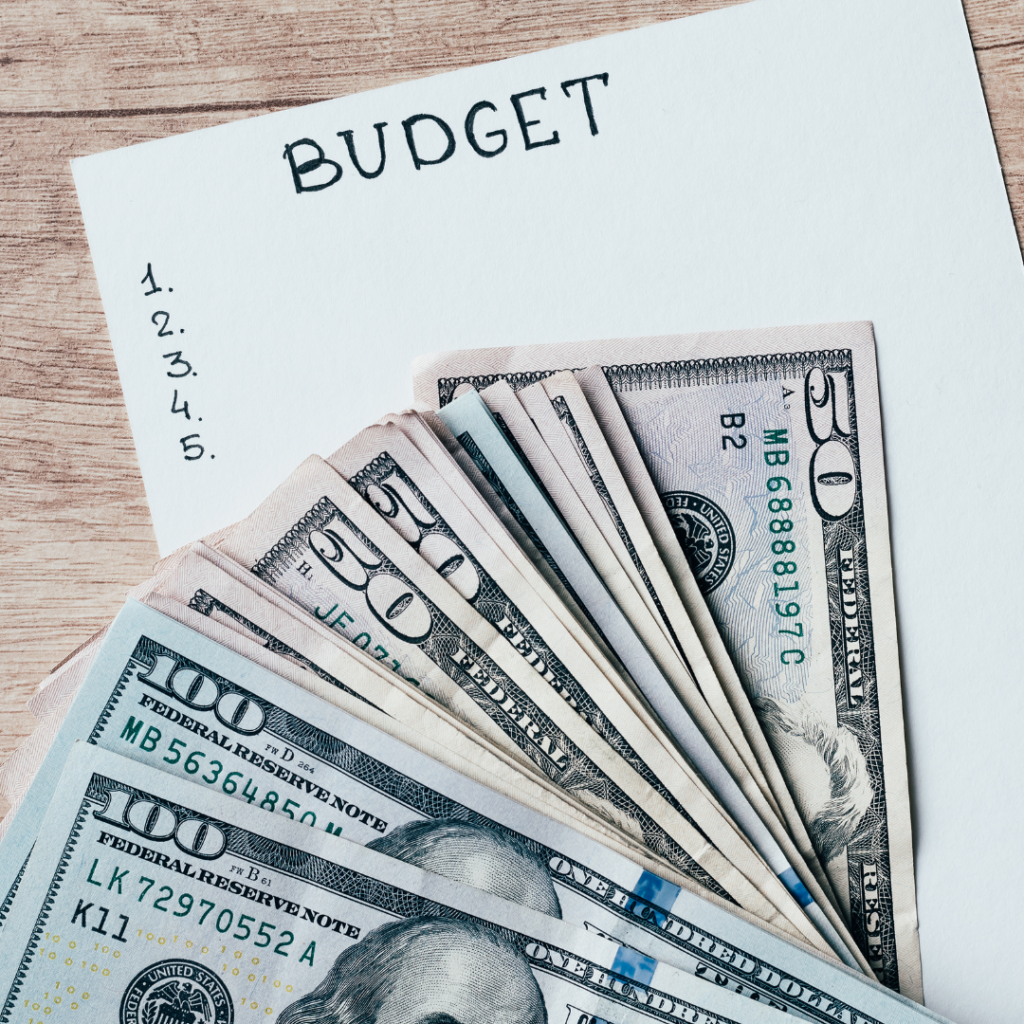Isn’t debt a four-letter word? Most of us don’t want to talk about it, because in today’s society, it’s sometimes seen as impolite, and also, it can be embarrassing to discuss our individual, personal financial situation. But, most of us haven’t scored that “independently wealthy” moment, particularly as we are just starting out as adults or young families. Which means that at we have to borrow money on occasion. Especially when it comes to things like a car, school, or a house. Which means, most of us has some kind of debt, somewhere.
But the question then becomes, how do we pay it off? Today we’re going to talk about 5 ways to kick start your debt repayments, to help you make progress quickly, and pay down that principle, and save you money in the long run.

1 – Keep the main focus on one debt at a time
If you’ve taken a Church finance class, or read a book by Dave Ramsey, or other financial gurus, chances are you’ve heard about a “debt snowball” or something similar. This technique recommends that you focus more money on one particular debt at a time, to pay it off quickly. Some recommend paying off the smallest debt because it allows you to feel the taste of success and financial freedom more quickly. Others recommend starting with the debt that has the highest interest rate, because it will save you more money in the long run.
As I was paying off debts after school, I would make sure to pay off credit cards off immediately (or as quickly as I could, there was a time I had to buy a dryer unexpectedly, and that took a couple of months). I prioritized the credit cards because they had the highest interest (by far). Currently, the average car loan is around 4%, school loans are around 1-2%, home loans between 2-4%, but credit cards are running between 17-20% interest. That’s huge difference! So, I would pay off the cards first, then prioritize smallest to largest. As the debts are paid off, instead of putting that money in the budget right away, that money then is dedicated to the next debt, speeding up the repayment process even more!
2 – Round Up your Payment
Another way we have sped up minimizing our debts is rounding up. This is a really simple way to help get a little more to your principle each month, and simplifying the math. Most of us have a payment that is about “this much and some change,” right? Well, to simplify the process. We round up to the next $10 or $50 as much as we can, so that each payment has a few extra dollars dedicated solely to principle. This is a small change that can really help over time, because by increasing the principle paid, we are decreasing the interest that will accumulate.

3 – Simplify your subscriptions for a while
One common way to find a little extra cash in your budget, especially if you are trying to accelerate your debt repayment is to cut down how many subscriptions you have for a while. Almost everything we use on the internet these days includes some form of subscription. Sometimes we don’t even know we signed up for a subscription when we register!
To make a list of all of your current subscriptions, you can download some fancy app that identifies them for you, or you can go look at the last 2-3 bank statements, and the repeating monthly fees are the majority of your subscriptions. If you go through the last 12, you may find the subscriptions you pay on a yearly basis. (These are often things like a website, fitness plans, etc.)
When you are trying to focus on getting debt under control, sometimes sacrificing those subscriptions can bring back the flexibility you need. Things to look at:
- Do I have multiple subscriptions that do the same thing? (Streaming services, photo editing, music streaming, audio books, etc.)
- Could I pick my favorite service, and just have one for a while? (Maybe have just Netflix, instead of Hulu, Amazon, Netflix, Disney +, ect. until you reach my debt repayment goal.)
- Could I go to a lower costing package, or the free version for a while? (Maybe regular Hulu with ads? I know, cringe…. but it could be helpful for a while! Maybe listening to Podcasts or finding free e-books on Amazon Kindle or iBooks instead of Audible)
- Is there something free that does the same thing for right now?
- Is there a service I have that maybe I’m not really using?
After you go through and determine what changes you would like to make to your subscriptions, use that extra money to go towards your debts!

4 – Use a bonus or tax return
Okay. This is not the most popular tip, but I’ll tell you, it’s one that my husband and I use almost 100% of the time. Any time there is a significant amount of bonus money (like more than $200), we send at least half to debt. That’s right, half. Every tax return, bonus, stimulus check, at least half of it goes to debt. Sometimes more.
Now, we know that sometimes you have other big things coming; the car needs new tires, the washer broke, the baby needs all new clothes because they grew out of their wardrobe. So, we dedicate half to debt, then we make a giant list, (sky’s the limit giant) of alllllllllllll the things that money could go towards. We could put some in savings towards a new car, or home down payment, we could get some new things for around the house, honey needs a new hunting rifle, maybe we wanted a nice evening out. Allllll the things go on the list. And then we price out everything. And we talk about how much we want to put to debt, and then we figure out how to spend the rest. We figure out a way for us to feel like we got to have a little fun, or got some of those wants met, while also making a big difference in our financial goals.
This method has allowed us to pay off vehicles, computers, and college loans years before they were due. (Think about how much that saved us in interest, and how much more we will be able to do not sitting there with monthly payments!)
5 – Visually track your progress
Now if you are like me, paying off thousands of dollars at a time seems so slow. I like to see progress. I like to know that I am getting close the light at the end of the tunnel, and I can track where I am headed.
So here are some ways that we have tracked our progress visually for my sanity:
- Put an amortization sheet in your budget, that you can update payments made each month (Watch that number drop in real time!)
- Print off a coloring sheet that lets you track each payment. I love these.
- Use marbles or buttons, and each payment goes in a jar.

You’ve Got This.
Debt can be intimidating, frustrating, and draining. But as we continue to make progress paying off our debt, the more financial freedom we will have! And that is a truly freeing feeling. You’ve got this, keep going!
XO-
Cheri


